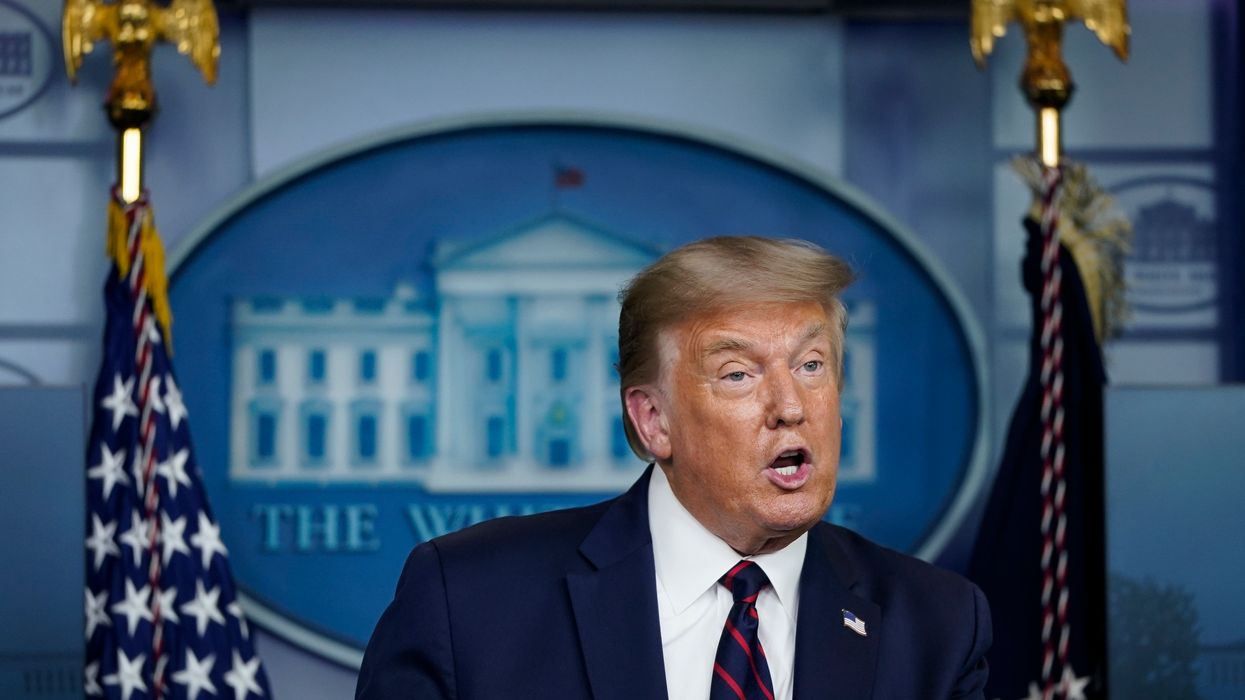The Nevada Legislature passed a bill, signed by Gov. Steve Sisolak on Monday, that will send a mail-in ballot to every active registered voter in the state. Trump has voiced opposition to this bill and claimed the state lacks the infrastructure for running such an election. And the Trump campaign launched a lawsuit on Wednesday against Nevada to prevent this measure from going into effect for the election.
But Nevada does have infrastructure in place for mail-in voting. The June primary was held almost entirely through mail-in voting. Over 98 percent of the 491,654 ballots cast in the primary were submitted through mail-in voting, and the election saw very high voter turnout. Additionally, over 10,000 primary ballots were rejected because they were incorrectly submitted, demonstrating the states ability to weed out improper ballots. Through the CARES Act, Nevada received $4,500,000 to help pay for the cost of setting up infrastructure and hiring personnel to count mail-in ballots.































